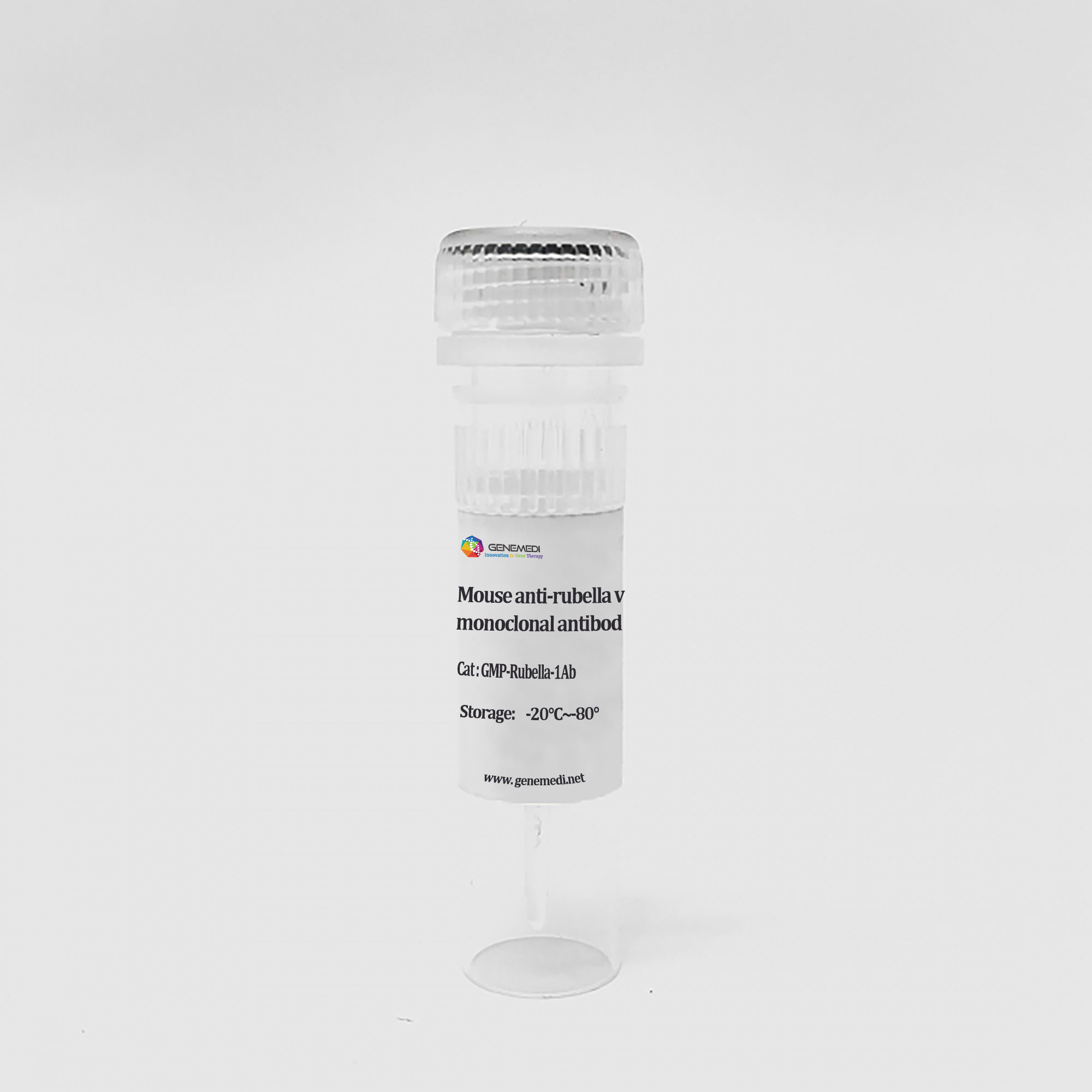Diagnostic anti-Bovine leukemia virus (BLV) antibodies pairs and antigens for animal health (animal infectious disease ) testing in ELISA test,competitive ELISA test, blocking ELISA test, Lateral flow immunoassay (LFIA), colloidal gold immunochromatographic assay, Chemiluminescent immunoassay (CLIA), turbidimetric inhibition immuno assay (TINIA), and immunonephelometry
Product Details
Bovine leukemia virus (BLV), the etiological agent of enzootic bovine leukosis (EBL), is a C-type retrovirus of cattle with a worldwide distribution (5). The virus induces a persistent lymphocytosis and in some cases lymphoid tumors in domestic cattle.
The BLV envelope (Env) glycoprotein, which consists of the gp51 outer membrane glycoprotein and the gp30 transmembrane glycoprotein, is directly involved in infectivity events and, like the p24 major structural protein, can elicit a strong immune response in infected cattle (23). Serological diagnosis of EBL is mainly based on screening of field samples for gp51 antibodies. It follows that diagnostic procedures that use native gp51 constitute a prerequisite for the design of an efficient EBL eradication program. In recent decades different serological methods, such as the agar gel immunodiffusion test (AGID) and the enzyme-linked immunosorbent assay (ELISA), have been developed. ELISAs are based on the use of partially purified BLV gp51 and monoclonal antibodies (MAbs) against BLV gp51 epitopes (4, 17). These procedures are particularly useful for samples with low antibody titers, such as milk samples or pooled sera. A permanent fetal lamb kidney (FLK) cell line chronically infected with BLV (FLK-BLV) is used to produce gp51. Although highly productive BLV-infected cell lines are available, their production is rather laborious, expensive, and time-consuming.Genemedi produces core animal health diagnostic ingredients-validated antibodies pairs Mouse anti-Bovine leukemia virus (BLV) monoclonal antibody and Bovine leukemia virus (BLV) antigens for rapid test kit of animal infectious disease with Bovine leukemia virus (BLV) to evaluate the animal health of Ruminants.The paired antibodies are both monoclonal antibody(mab).
All the antibodies and antiges of animal disease test are suitable for in functional ELISA, and other immunoassays in dignostics.The antibody can act as a capture antibody and detection antibody. Antigens are validated as positive control materials.
Product Description
Cat No.
Antigens
Antibody
Resource (expression host)
Specics/Isotypes
Bioactivity validation
Antigen description
Purity
Application
Formulation
Storage

Cat No.
Antigens
Resource (expression host)
Specics/Isotypes
Bioactivity validation
Tag
Antigen description
Purity
Application
Formulation
Storage
Validated animal health diagnostic antibodies pairs and antigens for animal infectious diseases diagnostic testing in ELISA, Lateral flow immunoassay (LFIA) and other immunoassays
Livestock, poultry, and aquaculture are among the fastest growing and expanding agriculture sectors to fulfill the need of the growing population of humans. However, the growth in this sector is under the continuous increasing threats of infectious diseases worldwide. This menace is further aggravated by globalization in animal trade for various purposes. The sudden entry of an infectious disease in a new country or geographical location could lead to delayed diagnosis and rapid spread into the susceptible animal population. Hence, Animal diagnostics are critical for animal health, identifying health issues before they are otherwise able to be detected and supporting faster diagnosis and treatment planning. Diagnosis is an essential part of disease management and prevention. The importance of animal disease diagnostics laboratories is not a very recognized area of animal production but they are essential to animal health. It is important for not only animal producers, but also consumers to be aware of this resource. The application of innovative diagnostic technologies for the detection of animal pathogens at an early stage is essential in restricting the economic loss incurred due to emerging infectious animal diseases. The desirable characteristics of such diagnostic methods are easy to use, cost-effective, highly sensitive, and specific, coupled with the high-throughput detection capabilities. Genemedi provides diagnostic antibodies and antigens for the in vitro diagnosis of diseases from the pet, Cat/Feline, Dog/Canine, Rabbit, Bovines/Cattle, Ovines/Sheep, Caprine/Goat, Equine/Horse, Swine/Porcine/Pig, Avian/bird/poultry, Fish and so on.





